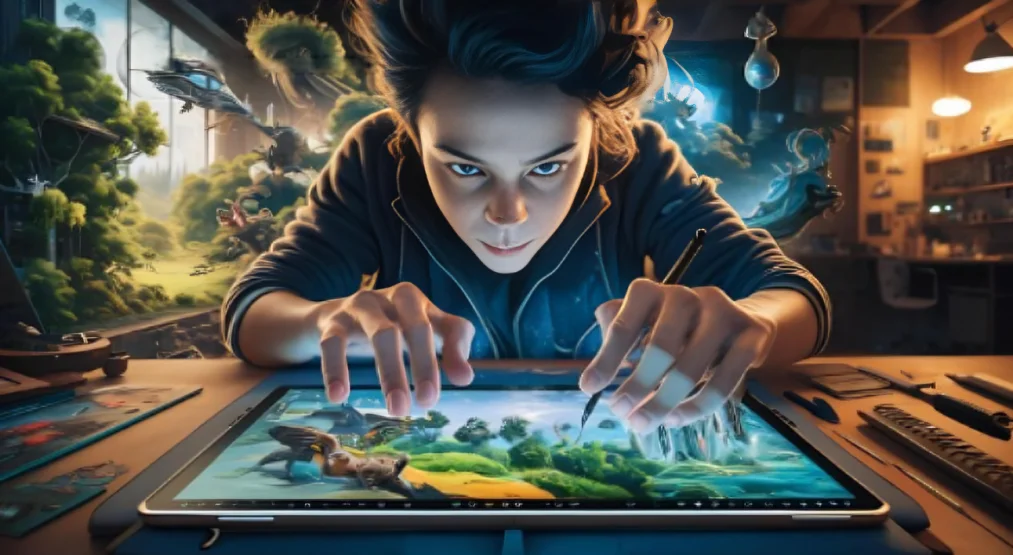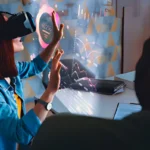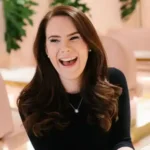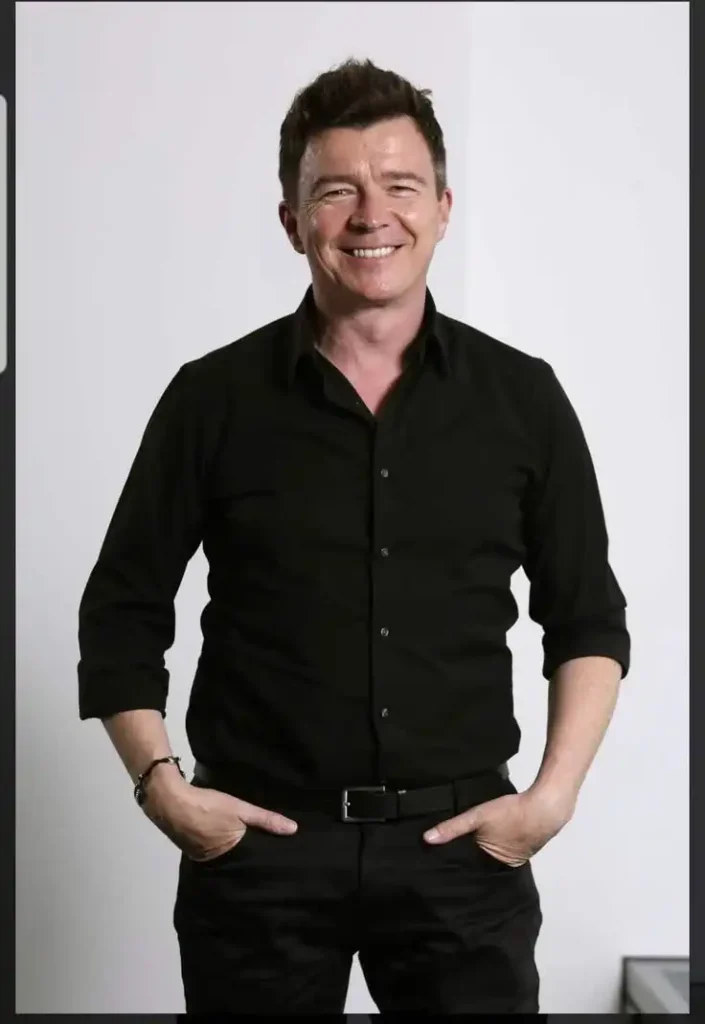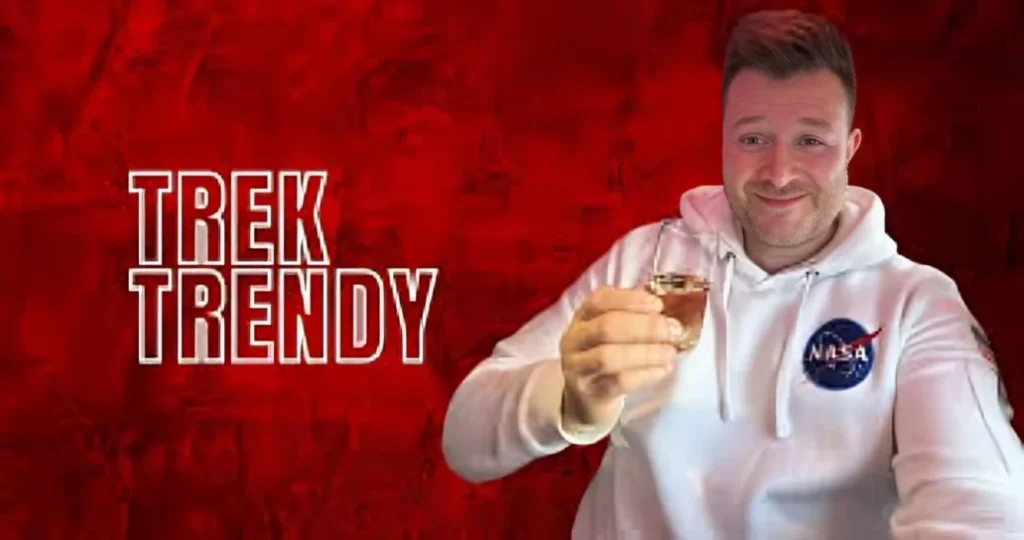An AI fantasy art generator is like having a magical paintbrush powered by technology. With just a short description, these tools can create enchanting landscapes, mythical creatures, and epic battle scenes, all in seconds.
Not long ago, bringing such visions to life meant spending hours sketching, painting, or mastering complex digital art software. Now, artificial intelligence lets anyone, regardless of skill, design professional-quality fantasy scenes.
In this guide, you’ll discover how these generators work, which tools lead the industry, and how to get the best possible results without overcomplicating your prompts.
1. What is an AI Fantasy Art Generator?
An AI fantasy art generator is a software or online tool that uses machine learning to create images based on your instructions.
Type in something like:
“A glowing forest with unicorns under a shimmering moonlit sky”
and the program instantly produces a unique piece of art that matches your description.
These tools rely on large datasets of images to understand art styles, fantasy elements, and composition rules. Once trained, the AI combines its learned patterns with your input to craft original artwork.
2. Why These Tools Are Revolutionizing Fantasy Art
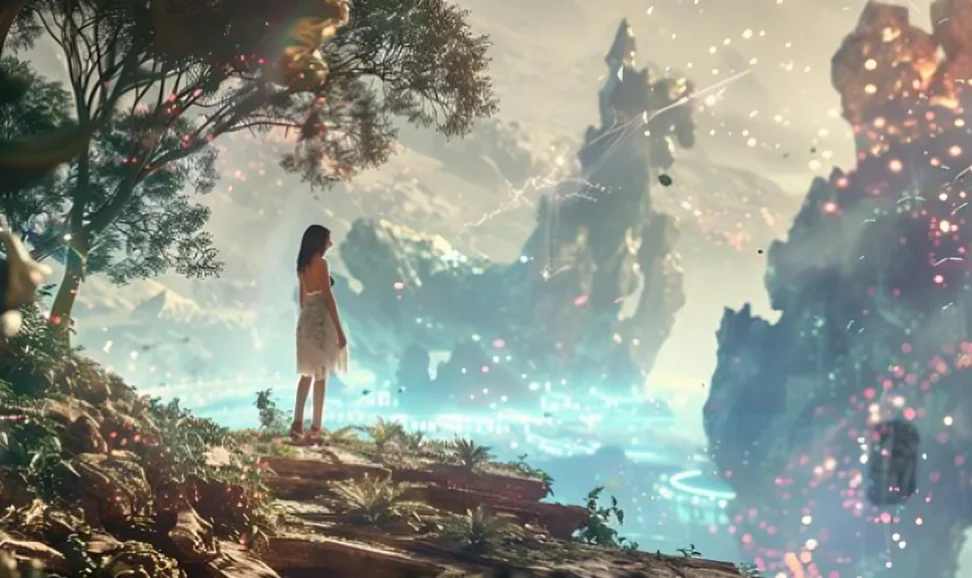
Fantasy art has always been about pushing imagination beyond the limits of the real world. AI has now accelerated this process dramatically.
In the past, designing a full-scale fantasy city could take days, even for a skilled artist. With modern AI art creators, you can test dozens of design ideas in less than an hour.
The benefits include:
- Speed – Get usable concepts instantly.
- Accessibility – No need for advanced drawing skills.
- Affordability – Many AI tools are free or low-cost.
- Creative Freedom – You can explore ideas that would be too complex to draw by hand.
3. How AI Fantasy Art Generators Work
While they may feel magical, these tools are powered by advanced algorithms. The process usually involves:
- Text Prompt Input – You describe your scene, character, or idea.
- Prompt Interpretation – The AI analyzes your words for subjects, styles, and moods.
- Image Creation – It uses its learned knowledge to assemble shapes, colors, and textures.
- Refinement – You can adjust details, resolution, and styles to improve the result.
Some tools even let you upload sketches or photos to guide the AI toward your exact vision.
4. The Best Tools for Creating Fantasy Artwork
If you’re ready to try an AI-powered art tool, here are some leading options:
- Midjourney – Famous for highly detailed, dreamlike imagery.
- DALL·E 3 – Great for following specific prompts closely.
- Stable Diffusion – Open-source and highly customizable.
- Fotor – Offers both AI art generation and photo editing.
- NightCafe – Beginner-friendly with multiple style options.
Each has unique strengths, so experimenting with several can help you find the right match for your fantasy vision.
5. Writing Better Prompts for Stunning Results
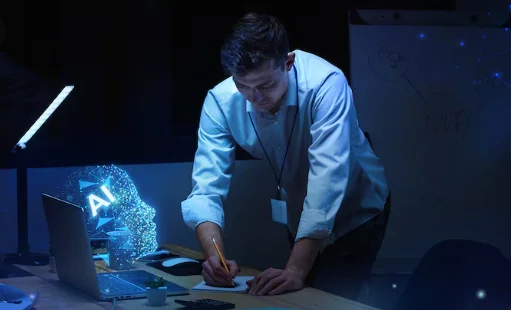
Your results depend heavily on the words you use. A vague prompt like “castle in the mountains” will give you something generic. But a more descriptive prompt unlocks the AI’s full potential.
Prompt Formula:
[Main Subject] + [Art Style] + [Details] + [Mood/Lighting]
Example:
“An ancient elven city carved into cliffs, glowing with lanterns at dusk, painted in watercolor style”
Tips:
- Be specific with colors, lighting, and textures.
- Add style cues (e.g., oil painting, cyberpunk, anime).
- Include emotional tones (e.g., mysterious, joyful, epic).
6. Using AI Art Creators for Character Design
One of the most popular uses for a fantasy image generator is character creation. Whether you’re designing a brave knight, a mystical mage, or a shadowy villain, AI tools can visualize them in seconds.
Tips for Character Prompts:
- Include species (elf, dragonborn, celestial spirit).
- Describe clothing (battle-worn armor, silk robe with silver embroidery).
- Add personality traits (“smiling warmly,” “eyes filled with rage”).
- Specify pose or action (“drawing a glowing sword,” “casting lightning spells”).
The more detail you provide, the more lifelike and unique your AI-generated character will appear.
7. Creating Magical Landscapes and Environments
A fantasy world needs breathtaking settings, lush forests, floating cities, volcanic kingdoms, or icy wastelands. An AI-powered art tool can craft these in minutes.
Popular Landscape Ideas:
- Floating islands chained to mountaintops.
- Underwater kingdoms lit by giant jellyfish.
- Crystal caves that reflect rainbow light.
- Desert ruins swallowed by shifting sands.
To get depth and atmosphere, mention weather, lighting, and perspective in your prompt:
“A sprawling desert fortress at sunrise, viewed from a bird’s-eye perspective, with swirling sandstorms in the distance.”
8. Mixing AI Images with Hand-Drawn Elements
Many artists use AI not as a replacement but as a starting point. They generate a base image, then refine it with traditional digital painting tools like Photoshop, Procreate, or Krita.
Benefits of Hybrid Creation:
- Maintain your personal artistic style.
- Fix AI errors like extra limbs or distorted shapes.
- Add details that AI might miss.
This approach is popular among professional concept artists who need to balance speed with originality.
9. Storytelling Using an AI Fantasy Art Generator
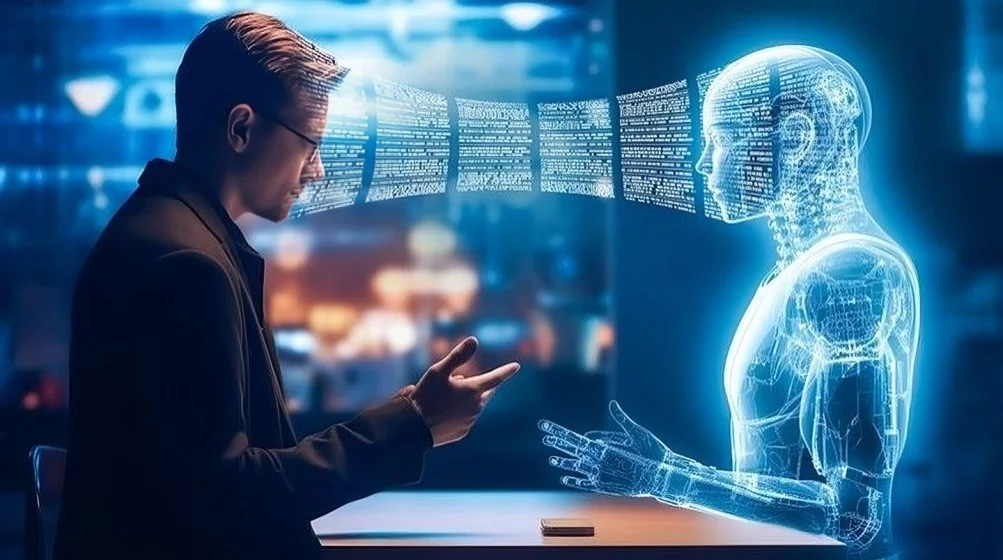
AI isn’t just for standalone images; it’s a storytelling partner. Authors, game masters, and filmmakers use fantasy art generators to illustrate key scenes or inspire plot ideas.
Ways to integrate AI art into storytelling:
- Chapter Illustrations for novels.
- Scene Previews for movies or animations.
- Character Profiles for tabletop RPG campaigns.
- Lore Books filled with AI-generated visual worldbuilding.
When your story and visuals evolve together, your audience becomes more immersed in the world you’re creating.
10. Ethical Use of an AI Fantasy Art Generator
While fantasy art generators offer incredible possibilities, they also raise important questions.
Main Concerns:
- Copyright – AI models may have learned from copyrighted works.
- Artist Credit – Should you disclose when an image is AI-assisted?
- Job Impact – How will it affect traditional artists?
Responsible creators acknowledge AI involvement, avoid imitating living artists’ work without permission, and use these tools ethically, as creative partners, not replacements.
11. Selling AI Fantasy Art Generator Creations
If you want to turn your AI-crafted fantasy art into income, there are plenty of options, just make sure you’re allowed to use the images commercially under the tool’s licensing terms.
Popular Ways to Sell:
- Print-on-Demand Products – Posters, shirts, mugs, and more.
- Stock Image Sites – Some platforms accept AI-created works for licensing
- Freelance Services – Offer AI-assisted illustration for books, games, and marketing.
- Digital Marketplaces – Sell downloadable prints or wallpapers.
Pro Tip: Enhance your AI-generated work with unique post-processing so it stands out in competitive markets.
12. Combining Photography with an AI Fantasy Art Generator
One creative twist is to merge photography with AI enhancements. This approach creates fantasy imagery that feels both believable and magical.
How It Works:
- Start with a base photograph, maybe a forest trail or a city skyline.
- Use an AI inpainting tool to insert fantastical elements like dragons, glowing plants, or floating castles.
- Blend colors and lighting so the additions feel natural.
This technique is especially popular for fantasy-themed posters, book covers, and marketing materials.
13. AI Fantasy Art in Game Development
Game developers are rapidly adopting AI-powered tools to speed up concept creation and worldbuilding.
Applications in Gaming:
- Level Design Concepts – Visualizing new areas before 3D modeling.
- Character and NPC Designs – Quickly drafting enemies, allies, or merchants.
- Cutscene Backgrounds – Creating cinematic visuals without huge budgets
For indie studios, this can dramatically reduce production costs while still producing high-quality assets.
14. Future of AI Fantasy Art Generators
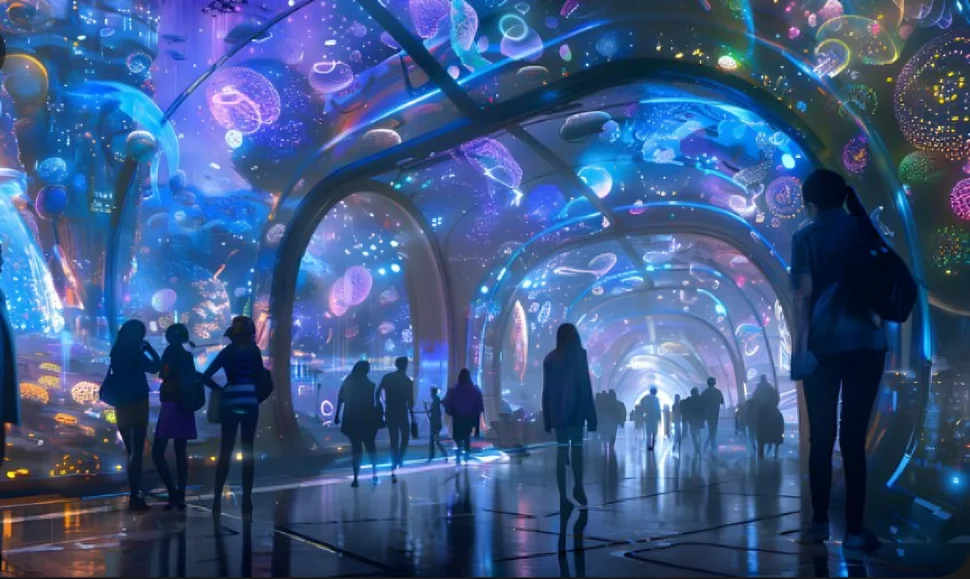
The technology behind fantasy image generators is evolving quickly. In the near future, we may see:
- Interactive Worldbuilding – Build entire 3D fantasy worlds in real time.
- Voice-Prompted Art – Describe scenes verbally and watch them appear instantly.
- Hyper-Custom Models – AI trained specifically on your personal art style
These advancements could make creating immersive fantasy universes faster and more accessible than ever before.
15. Pro Tips for an AI Fantasy Art Generator
To maximize results without overusing the exact keyword, keep these guidelines in mind:
- Experiment with different synonyms for variety in prompts.
- Combine short prompts for speed and long prompts for detail.
- Use multiple tools to compare results.
- Always save different variations, you never know which will inspire your next big idea.
Conclusion
An AI fantasy art generator isn’t just a piece of software; it’s a gateway to entire worlds that once only lived in your imagination. With a few carefully chosen words, you can design breathtaking landscapes, mythical beings, and cinematic scenes in minutes.
By experimenting with prompts, mixing AI results with your own creative touch, and using these tools ethically, you can produce artwork that’s both unique and deeply personal. Whether you’re a hobbyist looking for inspiration or a professional artist seeking faster workflows, the right AI-powered art creator can be a true game-changer.
In short: AI fantasy art generators put the magic of creation in your hands, no spellbook required.
FAQs about AI Fantasy Art Generators
- Can I use an AI fantasy art generator for commercial purposes?
Yes, but you must check the licensing terms of the tool you’re using. Paid versions often include commercial rights. - Which generator is best for highly detailed fantasy landscapes?
Midjourney and Stable Diffusion are excellent choices for intricate and imaginative landscapes. - How do I make my generated art unique?
Be specific in your prompts, add personal post-processing touches, and mix AI results with hand-drawn or photographic elements. - Are AI fantasy art generators free to use?
Many offer free trials or limited free versions, but advanced features usually require a paid subscription. - Can these tools help with game development?
Absolutely. Many game developers use them for quick concept art, character design, and background creation.

